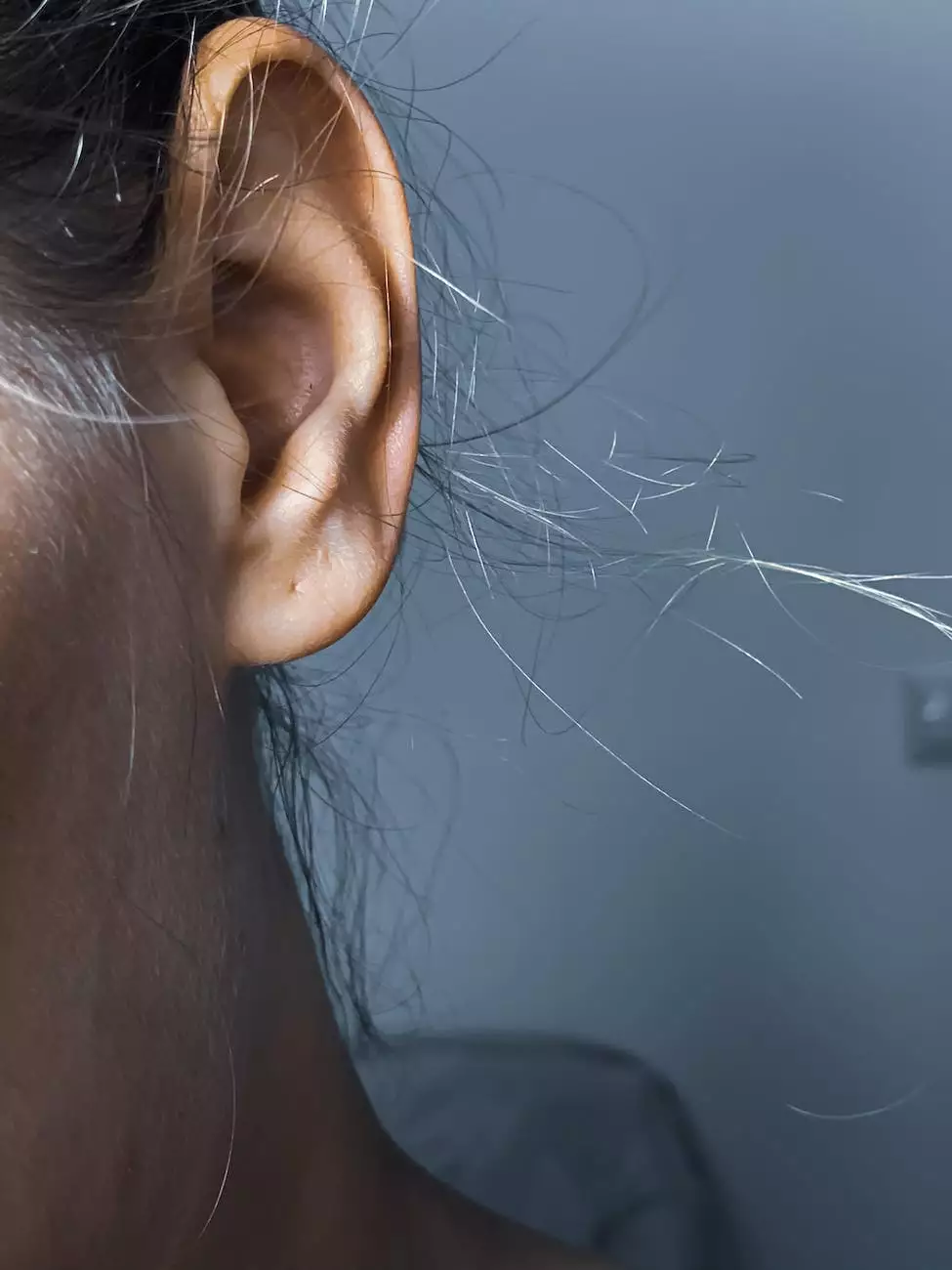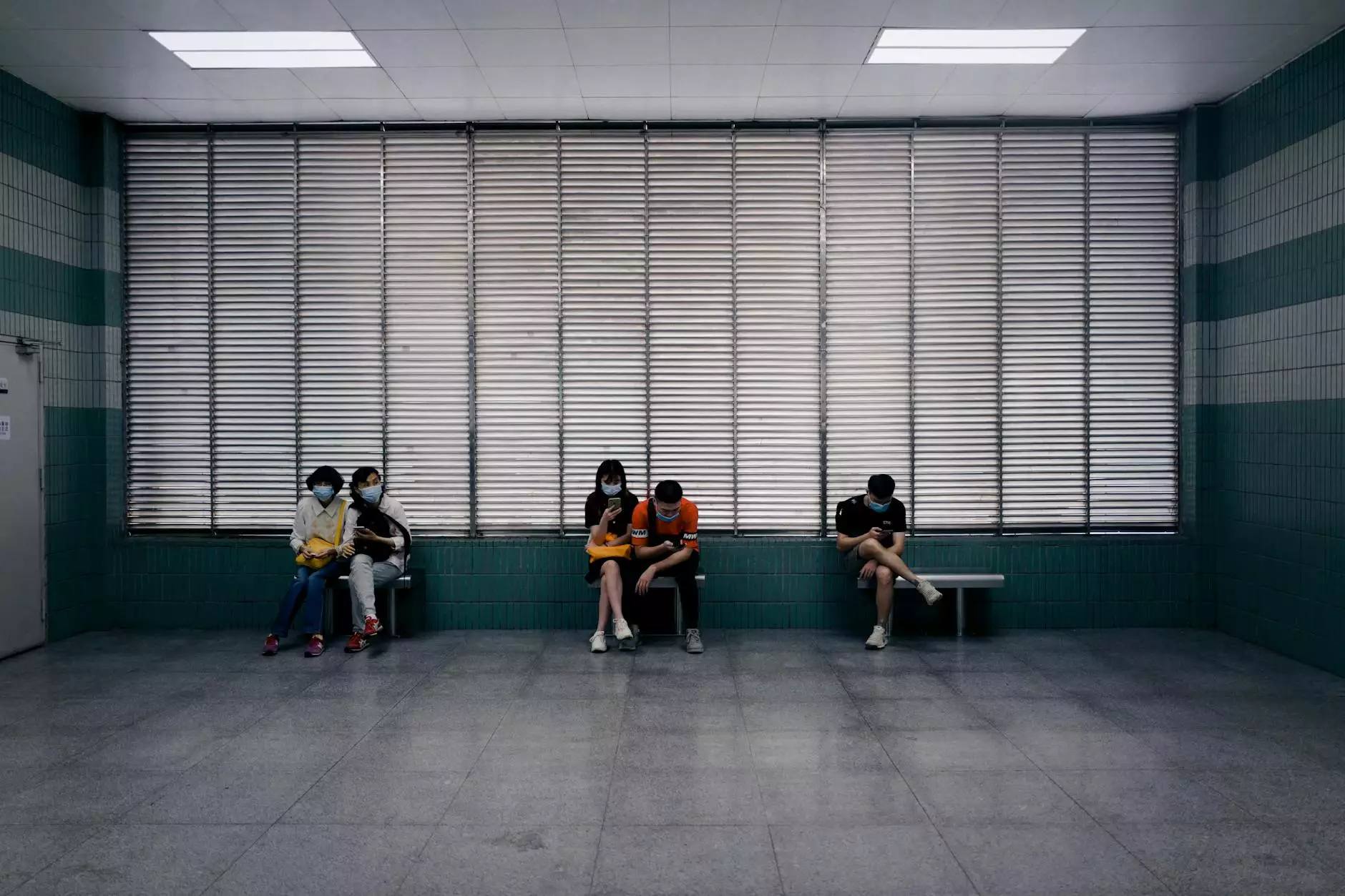Progressive Pattern Hair Loss Explained

Introduction
Welcome to Smith, Arthur F, MD's blog, where we delve deep into the topic of progressive pattern hair loss. If you are struggling with hair loss and want to gain a better understanding of its causes, stages, and treatment options, you've come to the right place.
The Basics: What is Progressive Pattern Hair Loss?
Progressive pattern hair loss, also known as androgenic alopecia, is the most common type of hair loss in both men and women. It is characterized by a gradual thinning of the hair and a receding hairline, typically following a specific pattern.
In men, progressive pattern hair loss often starts with a receding hairline and thinning at the crown, forming an "M" shape. Over time, the hairline may continue to recede, leaving a horseshoe-shaped pattern of hair on the sides and back of the head. Women, on the other hand, commonly experience diffuse hair thinning all over the scalp.
Understanding the Causes
Multiple factors contribute to progressive pattern hair loss, including genetics, hormonal imbalances, aging, and environmental factors. Let's explore each of these in more detail:
Genetics
Genetics play a significant role in determining the susceptibility to progressive pattern hair loss. Certain genes inherited from either parent can make an individual more prone to hair loss. Understanding your genetic predisposition can help in developing personalized treatment plans.
Hormonal Imbalances
Hormonal imbalances, particularly an increase in dihydrotestosterone (DHT) levels, are implicated in progressive pattern hair loss. DHT is a byproduct of testosterone that leads to the shrinking of hair follicles and shorter hair growth cycles.
Aging
As we age, the hair growth cycle naturally slows down. This results in shorter and finer hair, making it more susceptible to falling out. Additionally, aging leads to a decrease in hair follicle size and number, further contributing to hair loss.
Environmental Factors
Environmental factors, such as exposure to pollutants, sun damage, and harsh hair treatments, can exacerbate the effects of progressive pattern hair loss. Protecting your hair from these external aggressors is essential for maintaining its health and minimizing hair loss.
The Stages of Progressive Pattern Hair Loss
Progressive pattern hair loss follows a distinct pattern and progresses through several stages. Understanding these stages can help gauge the severity of hair loss and determine the appropriate treatment approach.
Stage 1: Minimal Hair Loss
In the initial stage, hair loss is minimal, with minor thinning at the hairline or temples. Many individuals may not even notice any significant change during this phase.
Stage 2: Noticeable Hair Loss
Stage 2 is characterized by increased hair thinning at the hairline and temples. Hair loss becomes more apparent, and the scalp may start to become more visible.
Stage 3: Significant Hair Loss
By stage 3, hair loss becomes significant, with noticeable thinning at the crown and an increasingly receding hairline. The scalp becomes more visible, and individuals may start seeking treatment options at this point.
Stage 4: Extensive Hair Loss
Stage 4 is marked by extensive hair loss, both at the crown and the frontal hairline. The remaining hair becomes finer and thinner, making it challenging to style.
Stage 5: Advanced Hair Loss
In stage 5, hair loss becomes advanced, with a substantial decrease in hair volume on the top of the head. Sparse hair may remain in the form of a horseshoe shape on the sides and back of the head.
Stage 6: Severe Hair Loss
By stage 6, hair loss is severe, and only a limited amount of hair remains on the sides and back of the head. The scalp becomes highly visible, and wearing hairstyles to conceal hair loss becomes challenging.
Stage 7: Complete Hair Loss
Stage 7 represents complete hair loss on the scalp, leaving no significant hair remaining. At this stage, hair restoration procedures may be the most viable option for regaining a fuller head of hair.
Treatment Options for Progressive Pattern Hair Loss
Smith, Arthur F, MD offers a range of effective treatment options for progressive pattern hair loss. Depending on the stage, severity, and individual factors, the following approaches are commonly considered:
Medications
Prescription medications such as minoxidil and finasteride are often used to slow down hair loss and promote new hair growth. These medications work by targeting specific hormonal imbalances and stimulating hair follicles.
Platelet-Rich Plasma (PRP) Therapy
PRP therapy involves drawing a patient's blood, processing it to isolate the plasma rich in growth factors, and injecting it into the scalp. This procedure helps stimulate hair follicles and promotes natural hair growth.
Hair Transplantation
Hair transplantation is a surgical procedure that involves removing healthy hair follicles from one part of the body (donor area) and implanting them into the balding or thinning areas (recipient area). This procedure provides a long-lasting solution to progressive pattern hair loss.
Laser Therapy
Low-level laser therapy (LLLT) utilizes red light to stimulate hair follicles, improve scalp circulation, and promote hair regrowth. LLLT can be done through in-office treatments or using handheld devices at home.
Lifestyle Modifications
In addition to medical treatments, adopting a healthy lifestyle can significantly benefit hair health. Consuming a balanced diet, avoiding excessive heat and styling products, managing stress levels, and practicing good hair hygiene can all contribute to maintaining hair thickness and reducing hair loss.
Conclusion
Progressive pattern hair loss is a common concern for both men and women, but with a thorough understanding of its causes and treatment options, you can take proactive steps to manage and potentially reverse the effects. Visit us at Smith, Arthur F, MD and learn more about our expert solutions to progressive pattern hair loss. Regain your confidence and achieve a fuller head of hair!




